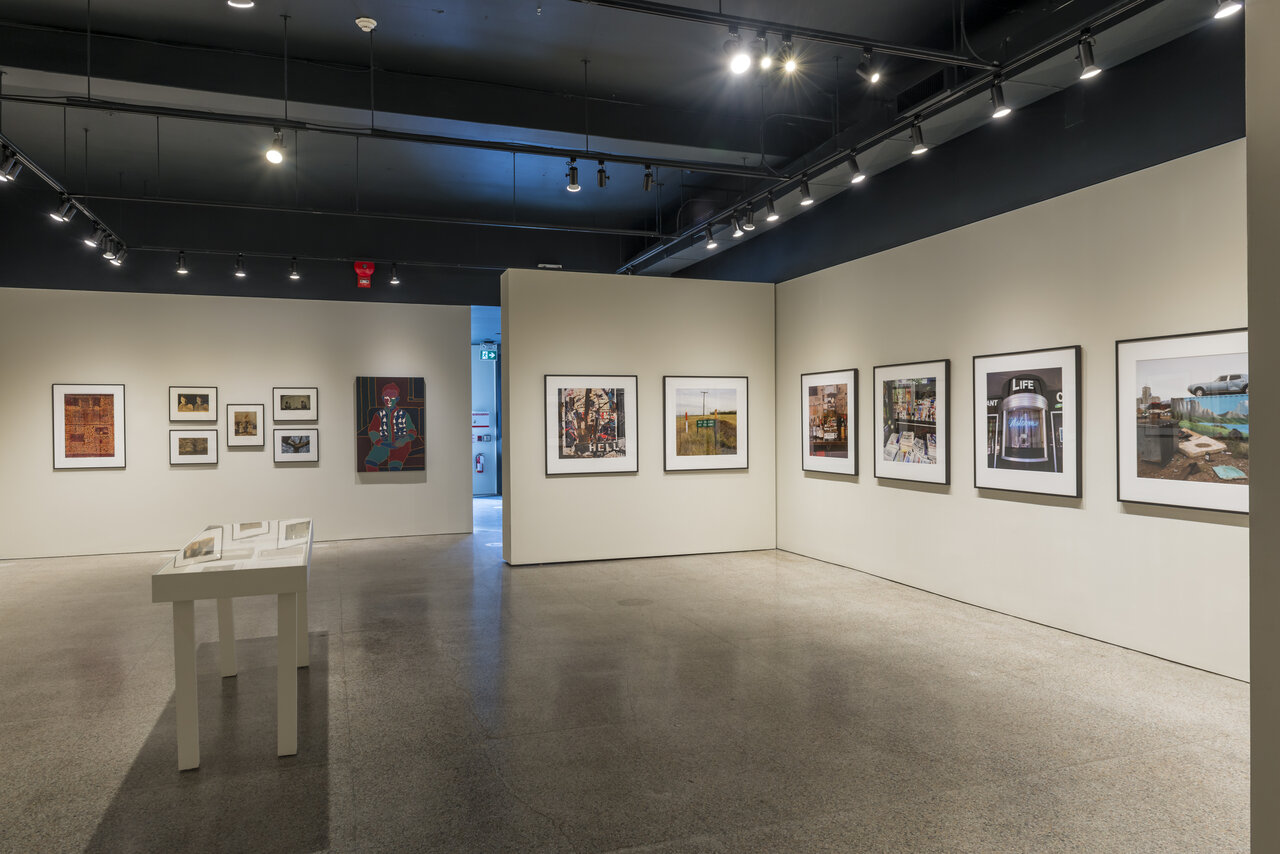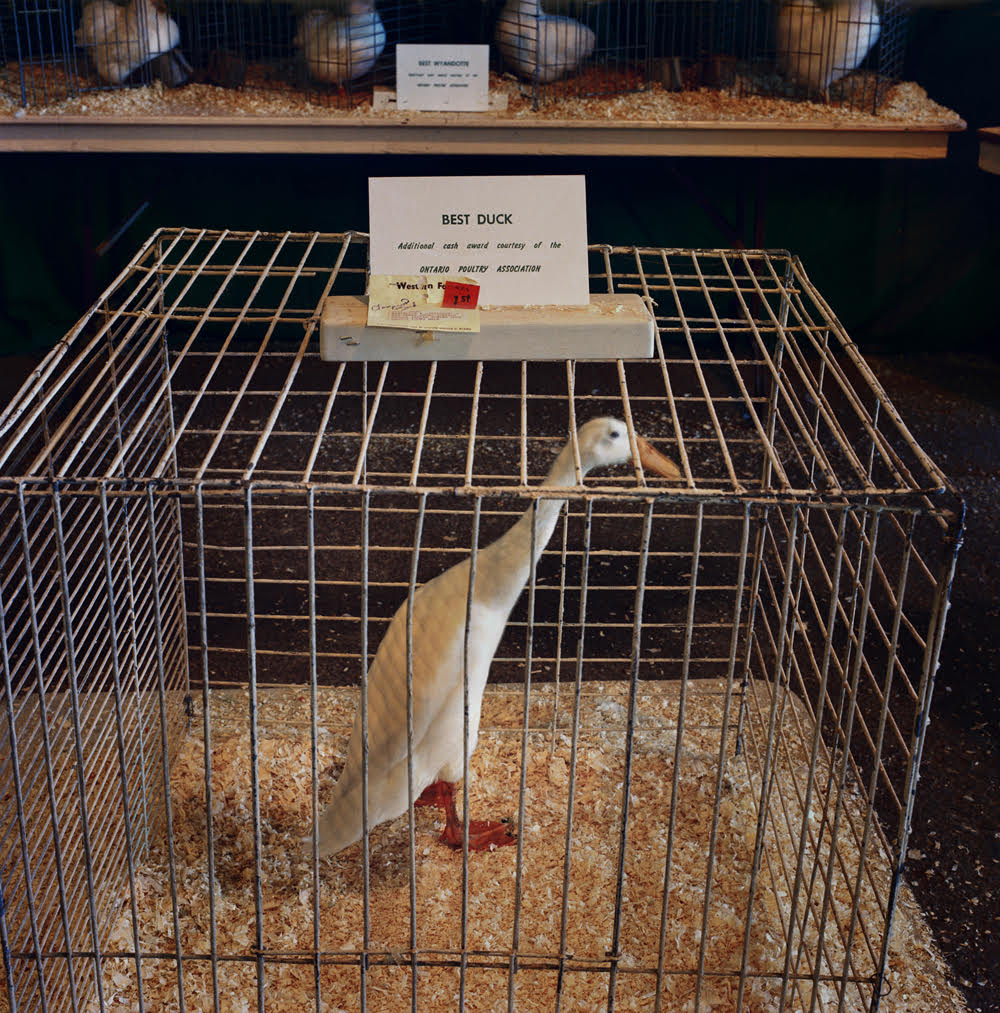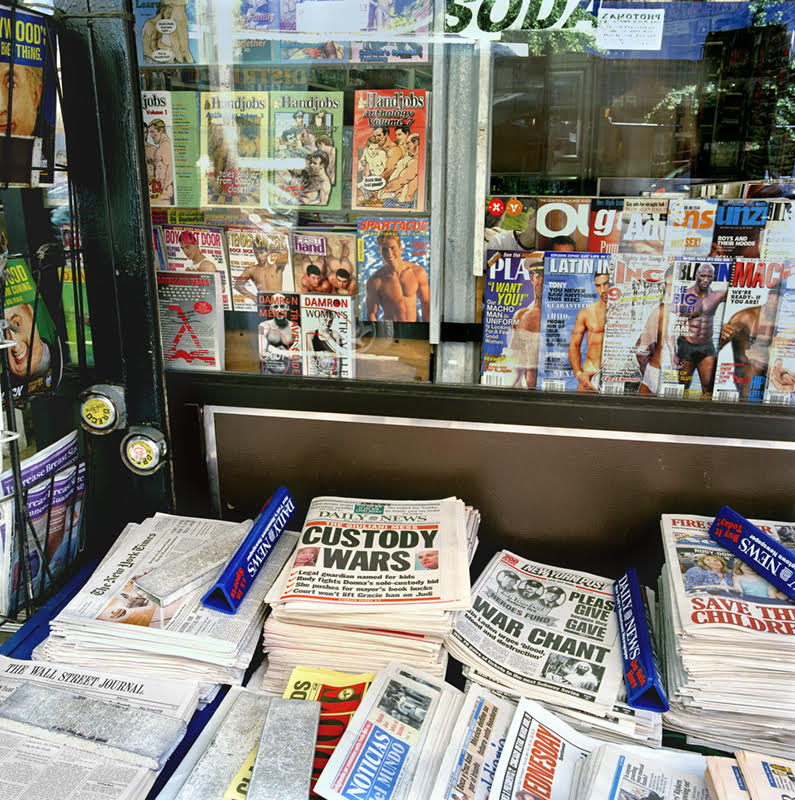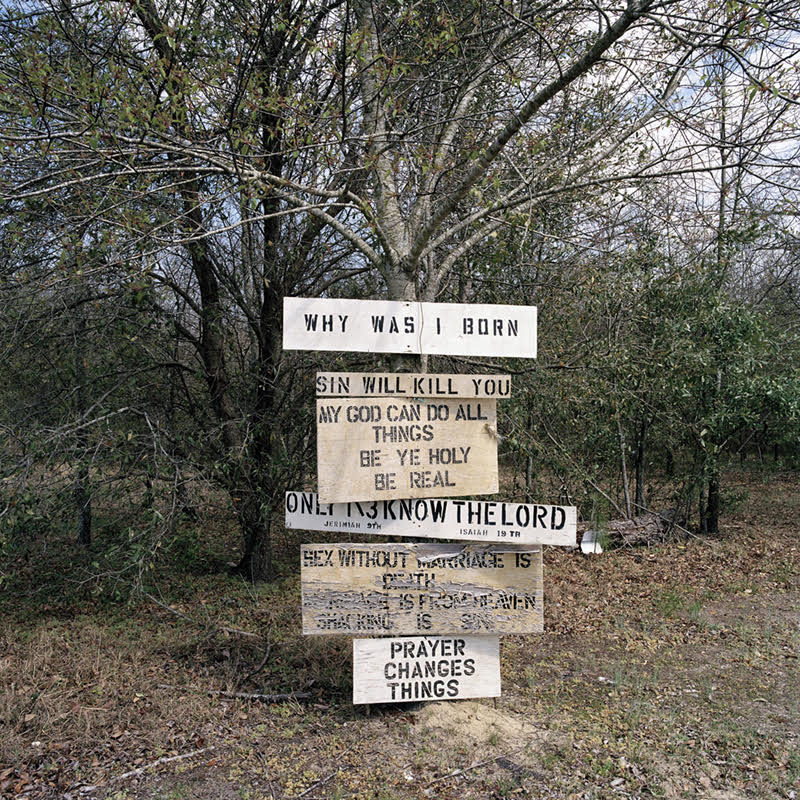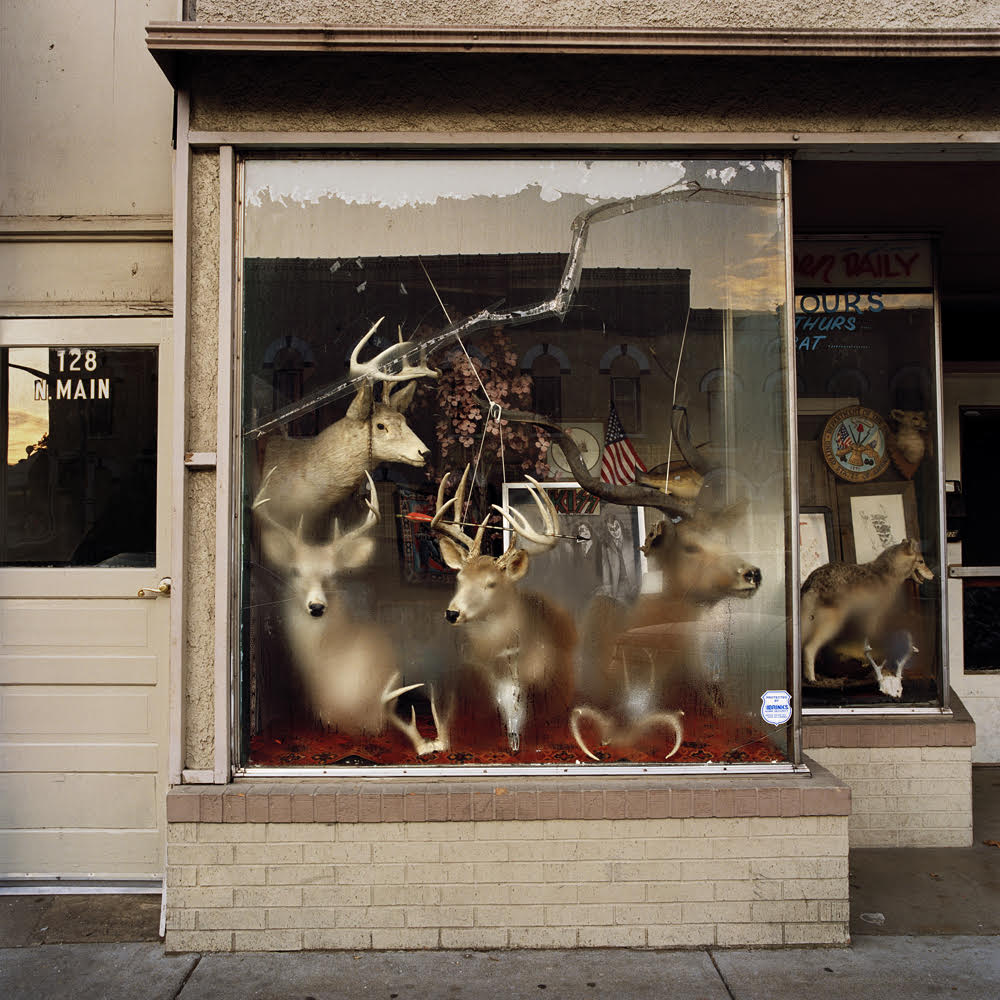Phil Bergerson’s Search for Meaning
One of Canada’s most accomplished photographers is having a retrospective exhibition at the Stephen Bulger Gallery. Phil Bergerson originally studied with the intention of becoming a school teacher, but on the eve of graduating he quit. Unsure what he really wanted to do in life he chanced upon a history of photography book. At this moment of epiphany, he explains, he realised that he was destined to become an artist whose medium would be photography, even though he didn’t know the first thing about the discipline. He enrolled in photographic arts at Ryerson College, followed by studies in painting and printmaking at York University.
Installation view of Phil Bergerson, Search for Meaning. Copyright Scott Proborsa
Bergerson’s career can be crudely divided into two periods. As a professor of photography at Ryerson (1975-2005) his work was mainly focused on experimenting with the medium of photography itself, e.g., exploring the relationship between photography and painting. As well, it appears he was influenced by Warhol’s pop art and its reference to consumerism. Bergerson took photos of displays in department stores. These photos became elements in larger repeated grid-based compositions that are reminiscent of Warhol’s prints of Campbell soup cans especially.
Untitled (Living Gloves), Toronto, ON, 1979, printed in 2018, pigment print on archival paper, 31 ¾ x 21 inch, Edition of 8
Bergerson’s grid compositions then took up the theme of anonymous body parts, including faces and male genitalia. But the works of this earlier period take up a small fraction of the exhibition space. Most of the show is dedicated to the work of his second period.
Untitled (Faces), Toronto, Ontario, 1986, printed in 2020, pigment print on archival paper, 18 ⅞ x 22 ½ inch, Edition of 8
By the turn of the century Bergerson felt a need to reevaluate his artistic priorities, to start over afresh. He decided to pick up the camera and simply shoot what he saw around him, and see where this would lead him. His breakthrough came when he visited a fair in London, Ontario. There he photographed a prize winning duck – the so-called ‘best duck’. The irony is immediate to anyone, since the bird appears to be unwell, desperate for a proper meal. This led to another epiphany. he suddenly grasped the potential for ‘irony, metaphor and pathos’, as he puts it, in photography. His interest then shifted from experiments with the medium of photography to content, that is, more precisely what his chosen subject communicated to the viewer, its meaning. Gone were the complex compositions, to be replaced with straightforward single-shot documentations of particular scenes.
Untitled (Best Duck), London, Ontario, 1989, printed in 2019, pigment print on archival paper mounted to archival board, 15 ¾ x 15 ½ inch, Edition of 15
How to turn this abstract concept into concrete reality? Bergerson hit upon the idea of touring the length and breadth of the United States. He followed his nose in the sense that he had no clear idea of what he was looking for, but he would know it once he’d stumbled on it. What he discovered in the numerous small towns and cities he visited were the traces of the American psyche, namely the cultural flotsam of this vast complex country. His subject matter was not the people themselves but public displays – statues, newspaper stalls, shop window displays, religious proclamations by the roadside and so on. He has clearly been captivated by this species of Americana, making many excursions to the country over the decades.
Greenwich Village, New York, July 2001, printed in 2020, pigment print on archival paper mounted to archival board, 29 x 29 inch, Edition of 10
He describes his practice figuratively as “sifting through the remains of some exotic extinct civilization…photographically picking up shards…” He sees himself as playing the role of the archaeologist. This involves looking in the hope of seeing something, that is, of coming across an image that says something about that civilization. He has been charmed by Americans’ proclivity to speak their minds. In this they differ from Canadians according to Bergerson.
Orangeburg, South Carolina, 2006, printed in 2016 chromogenic print mounted to archival board, 29 x 29 inch, Edition of 10
What strikes me about his subject matter is how exogenous it is – wholly disconnected from the country in which he lives. Almost his entire oeuvre is dedicated to the study of another culture. This is something he doesn’t directly address. Rather he sees himself, as a Canadian, as an outsider observing America. It is a pity, I feel, that he doesn’t turn his considerable talent towards his own culture. Of course, given the size and proximity of the United States, and its enormous cultural influence, it is not surprising that Bergerson, like so many others, is seduced by it. Like a moth he is drawn towards the brightest light. As well, his is without doubt an intrinsically fascinating project, namely to explore a culture as an outsider.
Martinsville, Indiana, 2006, printed in 2016, chromogenic print mounted to archival board, 29 x 29 inch, Edition of 10
These works are sophisticated and beautiful. Fortunately he has not taken the easy route of emphasizing the dysfunctionality and violence of American society. He offers a far more nuanced and sympathetic understanding of the country. Indeed, a strength of his work is that it reveals a deep sense of humanity, a philanthropy. It is as well humorous and tender.
Hugh Alcock
Images are courtesy of Stephen Bulger Gallery
*Exhibition information: Phil Bergerson: A Retrospetive, In Search of Meaning, an online exhibition, November 14, 2020 – March 27, 2021, Stephen Bulger Gallery, 1356 Dundas St. W., Toronto.

